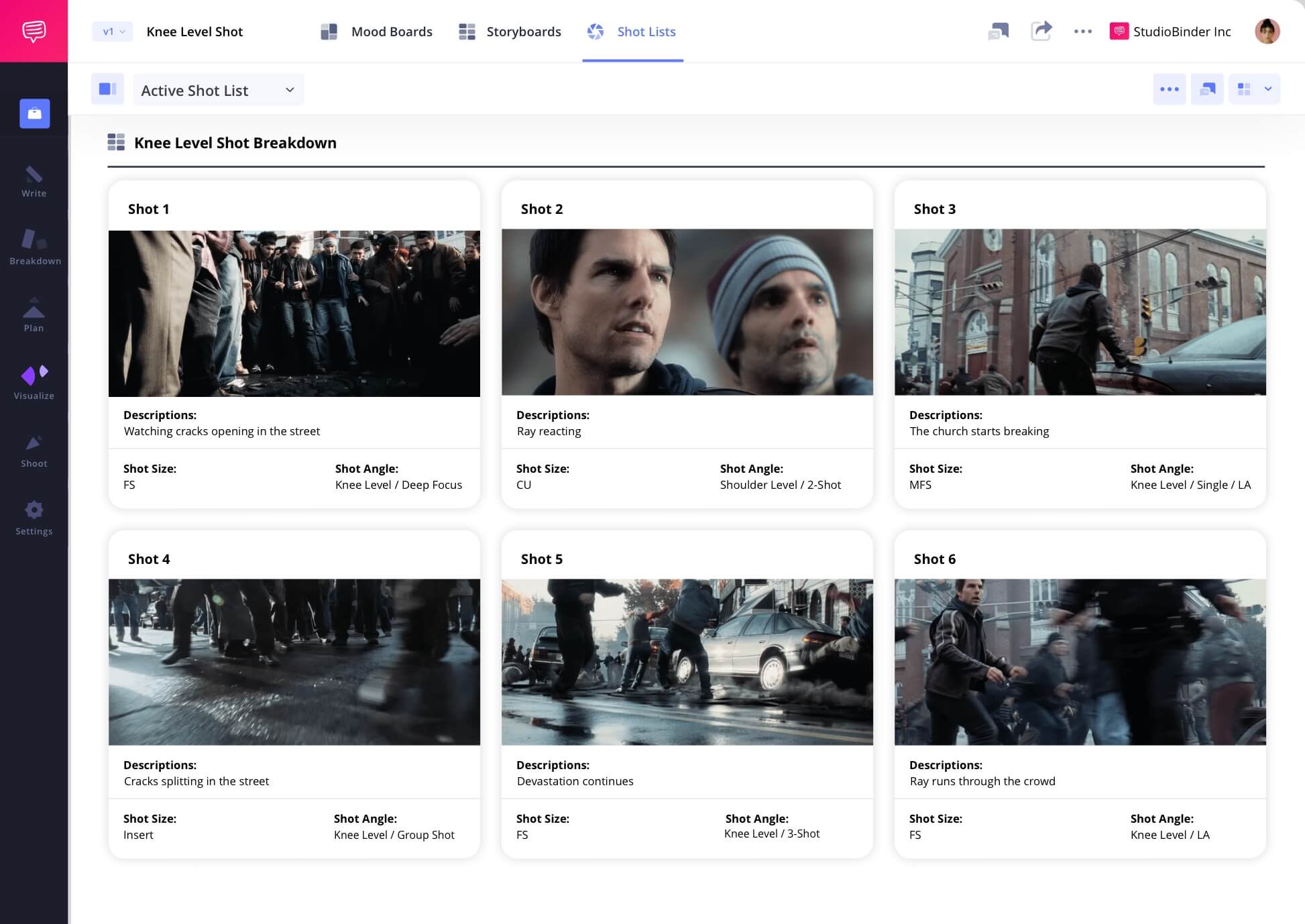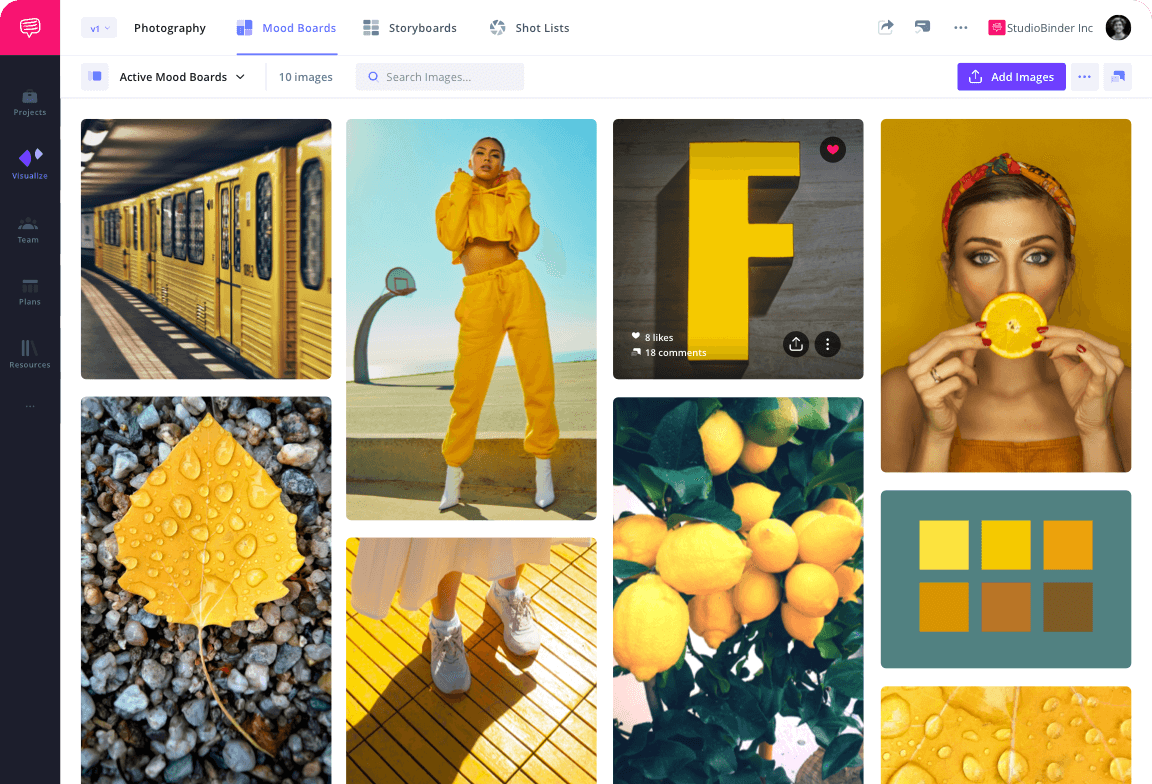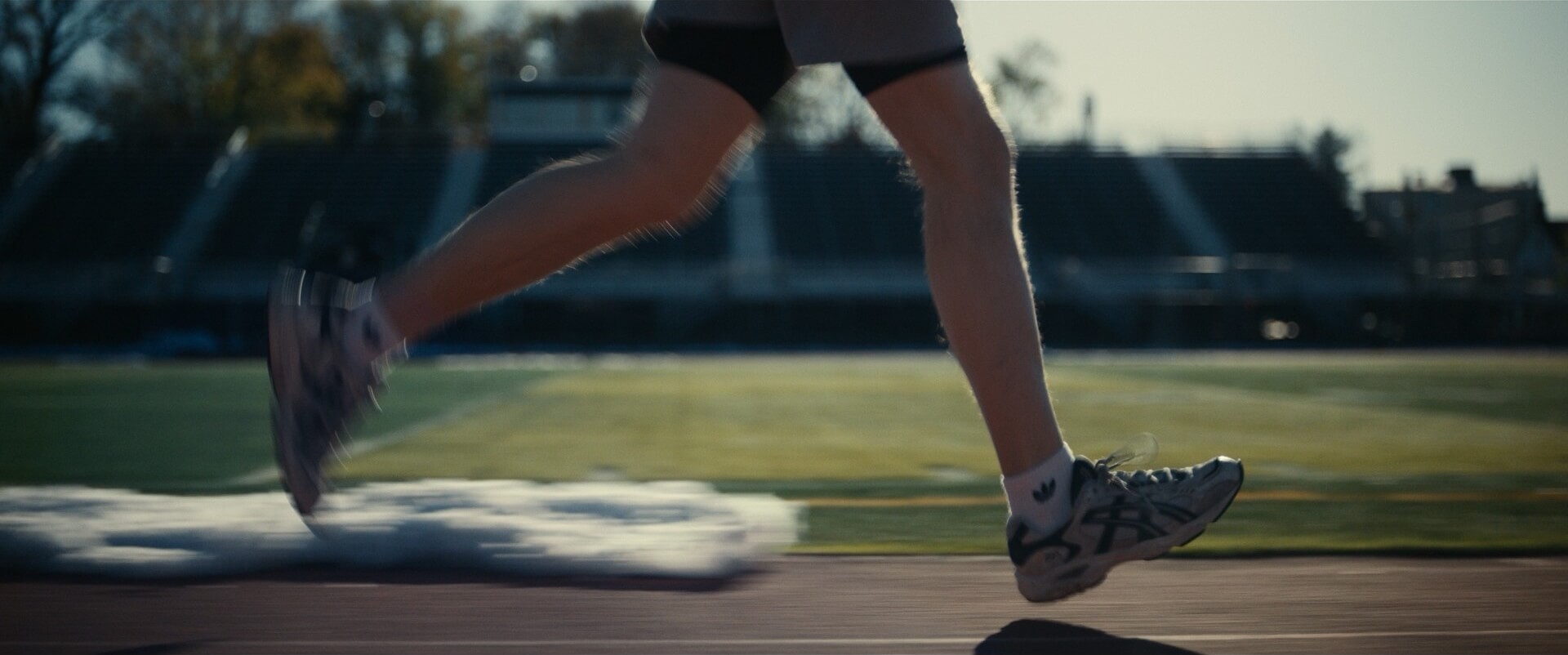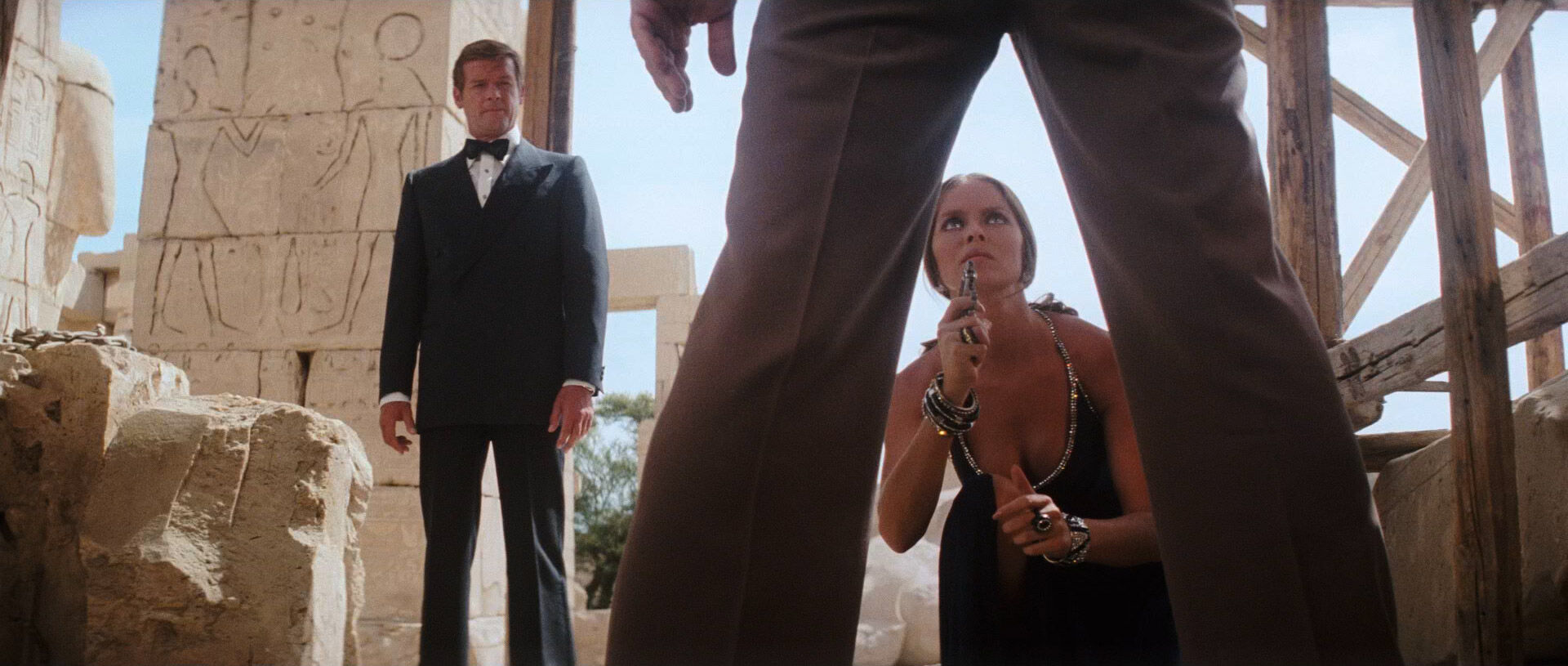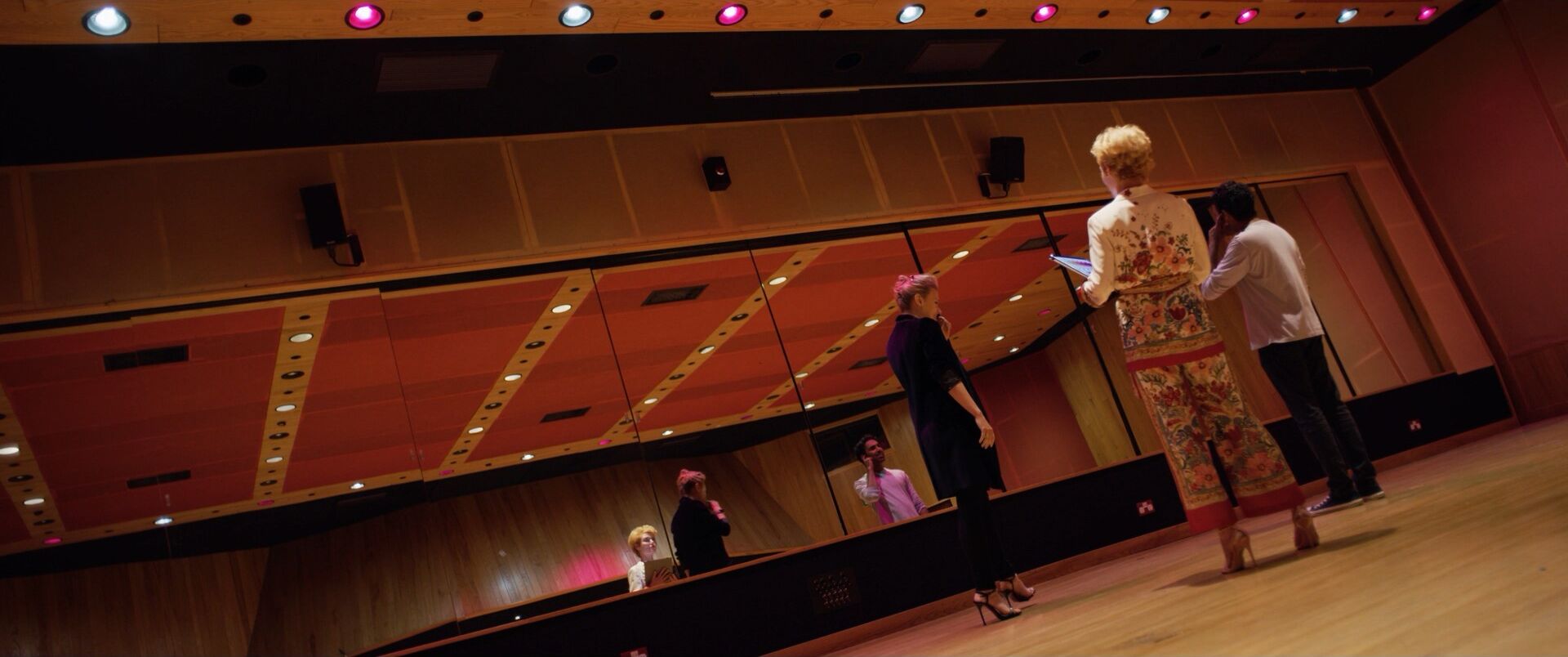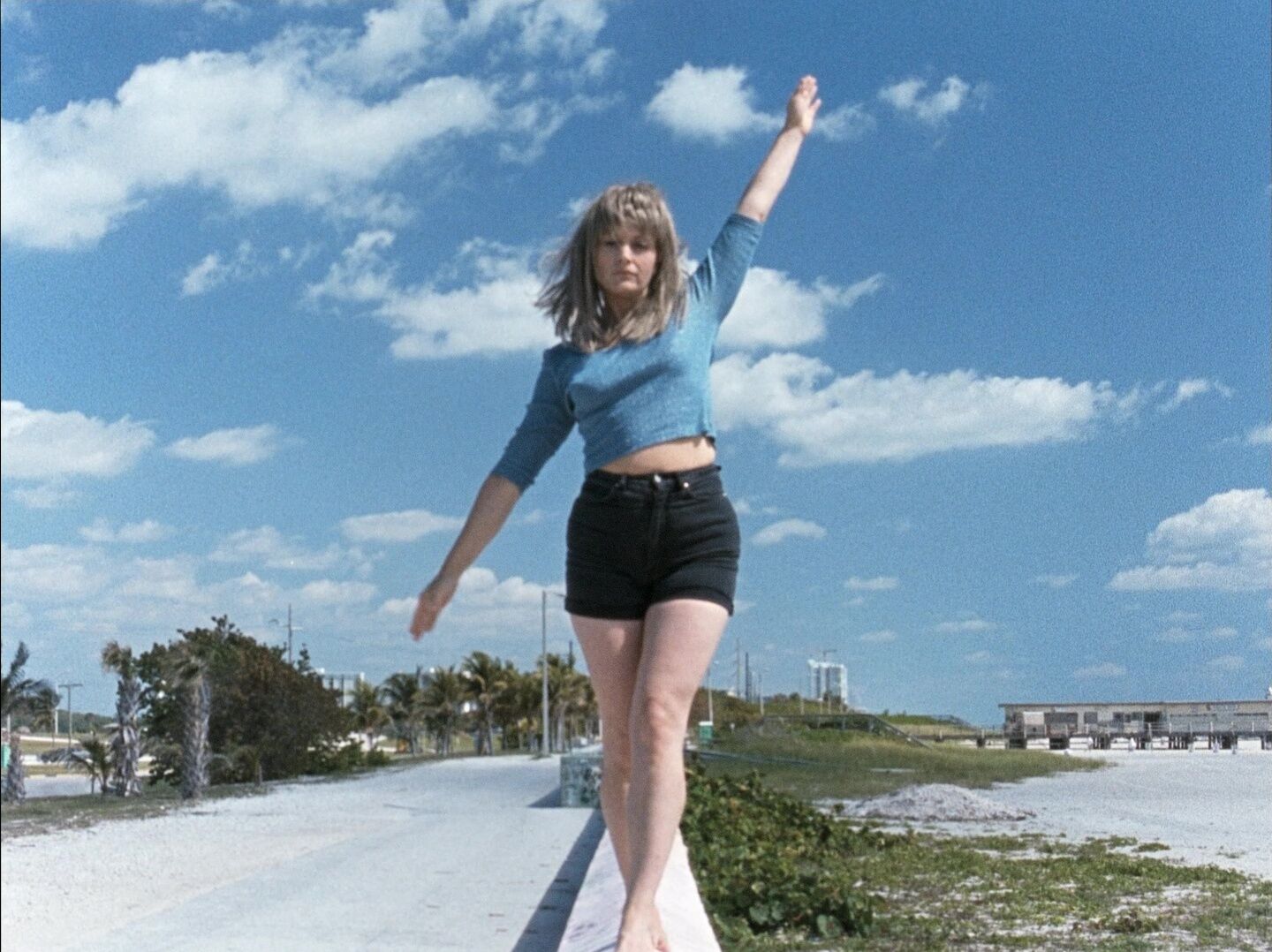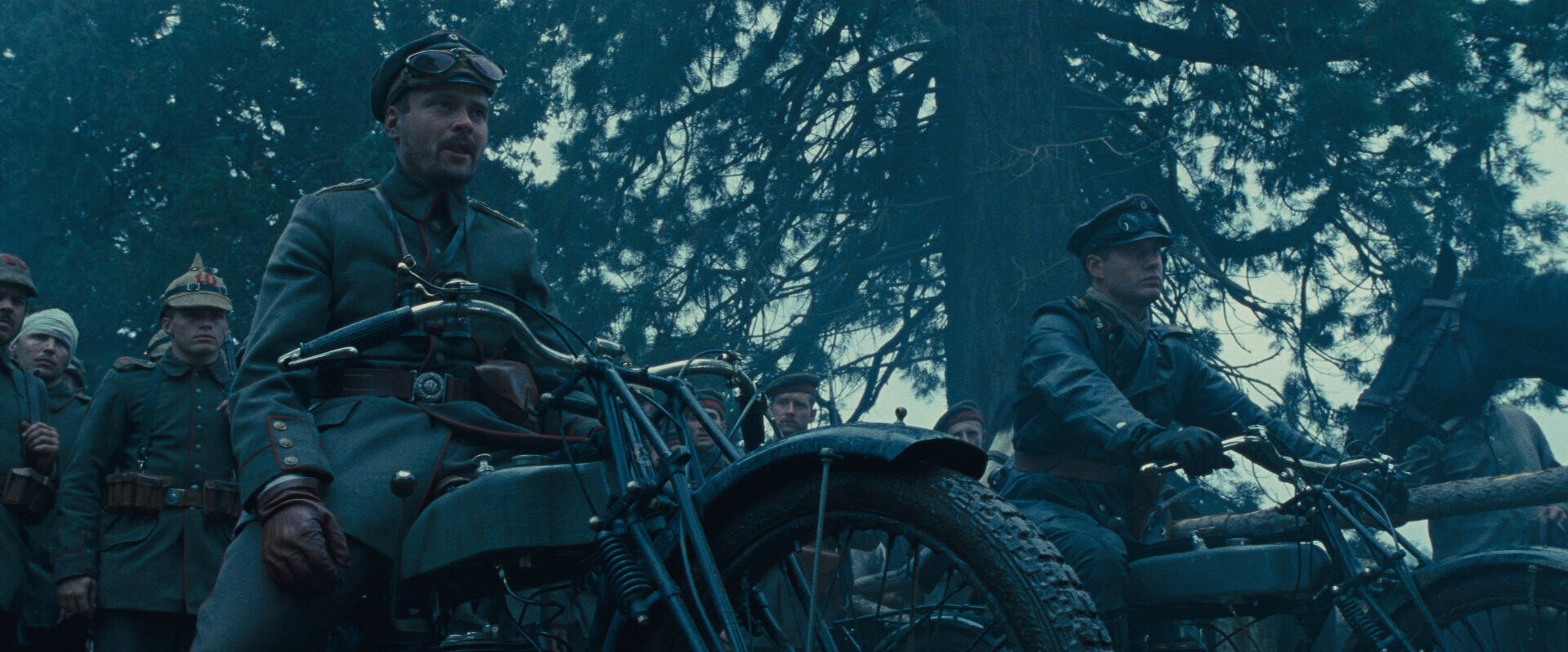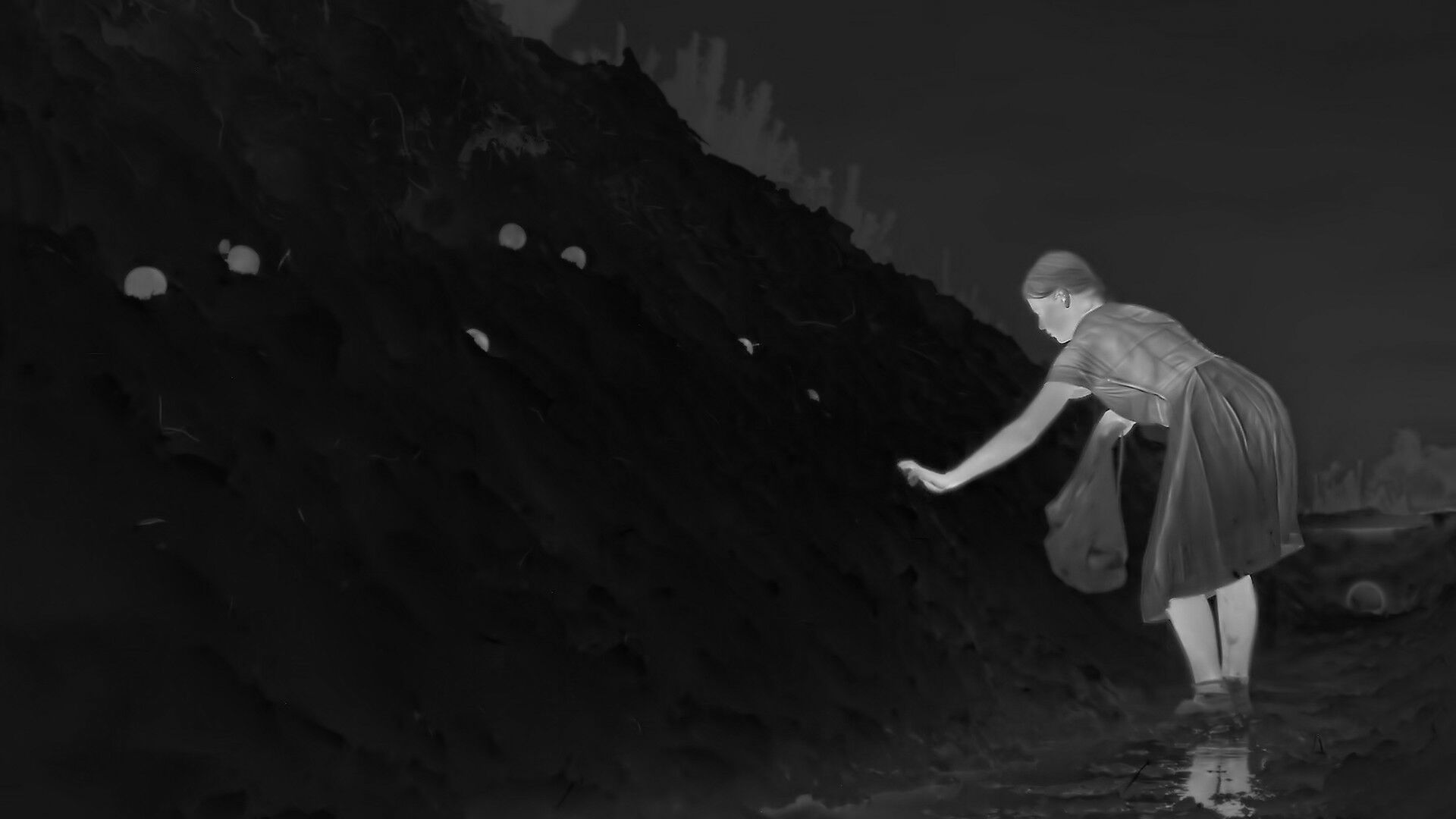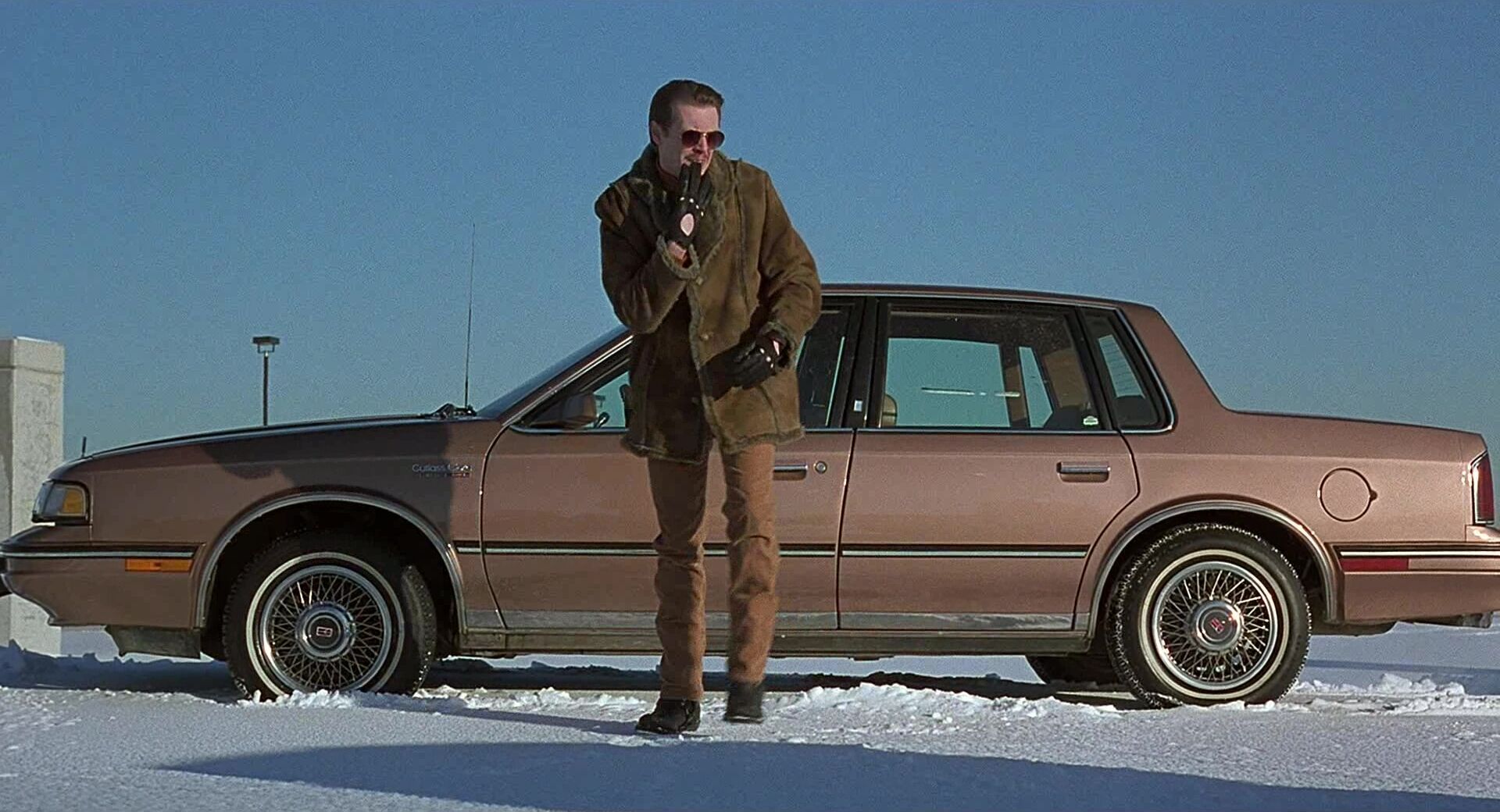home → Camera Angles → Knee Level Shot
Knee Level Shot Definition
What is a knee level shot?
A knee level shot places the camera near the subject’s knees, offering a distinctly low vantage point that shifts the viewer’s perspective significantly. This angle often emphasizes size, movement, and power, making characters appear more dominant or imposing.
Because it’s lower than more traditional shots, it can add drama, tension, or a sense of scale, drawing attention to actions happening at or below the waist. Knee level shots are especially effective when you want to create a bold, dynamic visual impact.
For more, read our full breakdown of camera angles, including examples that illustrate the various functions.
Meanings & Purpose
Knee level shot examples
Before exploring how knee level shots contribute to storytelling, it’s helpful to see them in action. This collection of knee level shots demonstrates how this bold angle shapes storytelling by emphasizing power and movement. Here are some examples of the most common usages.
Highlights physical presence and movement
Amplifies a character's dominance or size
Adds dramatic tension through an unusual POV
Focuses attention on lower body action
Usages
What does a knee level shot do?
Knee level shots offer a distinctive perspective that’s less common but highly impactful. This angle shifts the viewer’s focus in subtle yet powerful ways. Here’s how knee level shots enhance storytelling:
Amplifies presence
Viewing a subject from knee height can make them seem more formidable or dominant without overwhelming the frame.
Highlights movement
This low vantage point draws attention to walking, running, or any lower body motion. This might otherwise be missed in a shoulder or eye level shot.
Creates visual interest
We rarely experience life from knee level, so the less familiar viewpoint can add tension or a dramatic edge, making ordinary actions feel more significant.
Anchors setting
By focusing on feet and the ground, knee shots provide context for either the character's environment and or their physical state.
Qualities
Knee level vs hip level shot
Hip level and knee level shots are sometimes mixed up since both position the camera below the subject’s torso, but they create distinct visual effects. A hip level shot frames the subject around their waist or hips, while a knee level shot places the camera a bit lower, near the knees.
This difference changes how the subject is perceived — hip level shots offer a grounded, more natural perspective, emphasizing posture and movement without distortion. Knee level shots, on the other hand, create a more dramatic viewpoint, often making the subject appear larger and more dominant while drawing attention to lower body actions.

Case Study
Shot listing a knee level shot
A knee level shot doesn't have to be a low angle. In this scene from War of the Worlds, a number of knee level shots are employed giving us both a perspective on the street disintegrating beneath them as well as low angles to look up at the buildings.
Select the shot list below, to take a look at how the scene progresses, and ask yourself what these knee level shots add to the scene.
Knee level shots might not be as commonly discussed, but they offer a unique perspective that can dramatically change how a scene feels.
Let's explore the ways knee level shots contribute to storytelling by shaping tone and adding visual diversity.
Unique Pairings
How should you pair a knee level shot with other camera techniques?
How to combine a knee level shot
When combined with other camera techniques, knee level shots gain new dimensions and visual impact. Their lower vantage point is unique and can shape mood and perspective in unexpected ways. Here are some ways knee level shots pair effectively with common cinematic tools:
- Tracking: Following a character’s legs or feet at knee height highlights their motion and can build suspense or anticipation.
- Wide Shot: A wide knee level shot captures the environment from a new viewpoint, emphasizing spatial relationships and scale.
- Tilt Up: Starting at knee level and tilting upward reveals a character gradually, building intrigue or dramatic emphasis.
- Crane: Combining a knee level shot with a crane’s vertical movement creates dynamic shifts in perspective, moving from grounded to expansive views.
- Handheld: A shaky, knee height handheld shot can create immediacy and visceral energy.
- Close up: A close-up from knee height focusing on hands, feet, or objects adds tactile detail and intensifies the visual storytelling.
Frequently asked questions about the knee level shot
Knee level shots emphasize a character’s lower body, or, if tilted up, it can give them a sense of extreme power. They can highlight details like footsteps, running, or interaction with the environment, adding a feeling of immediacy or tension.
- Position the camera roughly at the subject’s knee height.
- Use a tripod or handheld rig.
- Combine with tracking or dolly moves to follow motion.
- Adjust framing to focus on legs, feet, or face depending on storytelling impact.
Knee level shots work well for a variety of purposes, some of which include:
- Action sequences emphasizing running or chase scenes
- Scenes focusing on physical labor or movement
- Cowboy shots
- Dramatic entrances
A knee level shot can be a low angle shot if the camera is pointed up at the character’s face. But if it is shooting a subject’s knees or below, it no longer is a low-angle. If you’re shooting the ground, in fact, it would be a high angle. It all depends.

